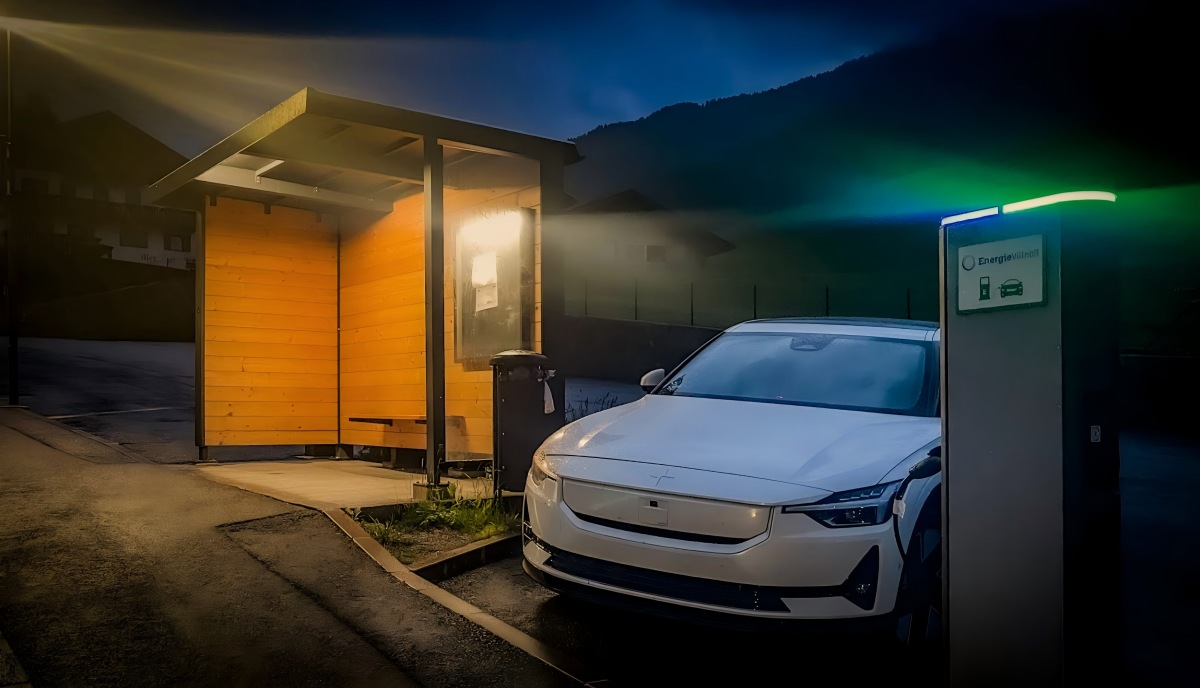 Von CCS1 bis NACS und darüber hinaus: Welche Spezifikationen für EV-Anschlüsse sollten Betreiber im Jahr 2025 wählen?
Von CCS1 bis NACS und darüber hinaus: Welche Spezifikationen für EV-Anschlüsse sollten Betreiber im Jahr 2025 wählen?
Aug 20, 2025
Betreiber kaufen keine EV-Anschlüsse – sie kaufen Betriebszeit. Die richtigen Optionen reduzieren die Anzahl der LKW-Fahrten, halten Handschuhe auch bei Regen einsatzbereit und überstehen Hochdruckreinigungstage ohne Stolperfallen. Dieser Leitfaden zeigt, welche Spezifikationen Sie wählen sollten und wo sich eine individuelle Anpassung der Beleuchtung auszahlt. Was kann eigentlich angepasst werden1. Die meisten Projekte optimieren drei Ebenen.• Stationsseitige Schnittstelle und Einlass: Geometrie, Dichtungsstapel, Verriegelungskonzept, Temperaturmessung, HVIL-Routing• Griff und Kabelbaugruppe: Leitergröße, Mantelmischung, Zugentlastungssteifigkeit, Griffstruktur, Farbe, Markenzeichen• Zubehör und Diagnose: passende Holster und Kappen, Belüftungsöffnungen und Dichtungen, Codierschlüssel, End-of-Line-Prüfungen, einfache Telemetrie-Hooks für Temperatur- oder Verriegelungsereignisse 2. Elektrische und thermische Optionen• Stromklasse und Leiter: Passen Sie den Querschnitt an Ihr Wohnprofil und das Klima an. Ein dickerer Leiter verringert den Temperaturanstieg und reduziert die Leistungsminderung an heißen Tagen, allerdings auf Kosten von Mehrgewicht.• Temperaturmessung: Kontaktsensoren an den DC-Pins ermöglichen eine sanfte Leistungsreduzierung anstelle von Fehlauslösungen. Stellen Sie sicher, dass die Schwellenwerte in der Firmware einstellbar und in Ihren O&M-Tools sichtbar sind.• HVIL-Verriegelung: Eine zuverlässige Schleife, die sich bei teilweisem Einstecken oder unsachgemäßer Trennung öffnet, schützt Kontakte und koordiniert eine sichere Abschaltung. 3. Mechanik und Ergonomie• Griff und Gehäuse: An Standorten, an denen Flottenfahrer mit Handschuhen bedient werden, ist mehr Platz für die Finger, rutschfeste Oberflächen und Verriegelungen erforderlich, die für die Betätigung mit Handschuhen ausgelegt sind.• Kabelausgang und Zugentlastung: Passen Sie die Ausgangsrichtung an die Anordnung des Sockels und den Verkehrsfluss an. Passen Sie die Steifigkeit der Zugentlastung an, damit die Ummantelung nicht reißt und die Leiter nach Stürzen und Verdrehungen nicht ermüden.• Verriegelung und Manipulationsschutz: Wählen Sie eine elektronische Verriegelung auf der Fahrzeug- oder Stationsseite, verstärkte Riegelnasen und manipulationssichere Verschlüsse. Überprüfen Sie die Riegelkraft mit echten Benutzern und verwitterten Teilen. 4. Umwelt und Versiegelung• Schutz im gesteckten und ungesteckten Zustand: Erwarten Sie eine höhere Schutzklasse im gesteckten Zustand und eine niedrigere im ungesteckten Zustand. Wenn die Griffe im Freien liegen, verwenden Sie passende Holster und Kappen, damit Schmutz und Wasser draußen bleiben.• Sprühen versus Eintauchen: Strahl- und Sprühtests simulieren Spritzwasser und Abspritzen auf der Straße; Eintauchen stellt eine Überflutung dar. Das Bestehen des einen Tests garantiert nicht das Bestehen des anderen. Geben Sie beide Tests entsprechend den Standortrisiken an.• K-klassifizierter Spritzschutz: Behandeln Sie den K-Schutz als Zusatz zu Ihren verbundenen und nicht verbundenen IP-Zielen für Waschanlagen, Busdepots und Küstenkorridore. 5. Standards und multiregionale PlanungÖffentliche Netzwerke bedienen selten einen einzigen Standard. Ein praktischer Ansatz besteht darin, Sockel zu standardisieren und Steckersätze je nach Markt zu variieren. Planen Sie für Typ 1 oder Typ 2 auf AC, CCS1 oder CCS2 auf DC, GB/T auf dem chinesischen Festland und ein klarer Migrationspfad für NACS in Nordamerika, ohne bestehende Buchten zu blockieren.Regionale Unterschiede, die die Auswahl der Anschlüsse beeinflussen Tabelle – Prioritäten für Betreiber und Serviceteams nach RegionenRegionGemeinsame StandardsKlima und ExpositionPrioritäten des BetreibersSpezifikationsfokusWie wir helfen könnenNordamerikaCCS1 heute mit NACS-Ramping; Typ 1 AC weiterhin vorhandenHitze-/Kälteschwankungen, Streusalzsprühnebel, HochdruckreinigungBetriebszeit während des Übergangs von CCS1 zu NACS, handschuhfreundliche Handhabung, VandalismusschutzGrößere Riegel und tiefere Griffe, Schutz im gesteckten/ungesteckten Zustand plus K-bewerteter Spritzschutz, Temperaturmessung pro Kontakt mit einstellbaren Schwellenwerten, vor Ort austauschbare Riegel- und DichtungssätzeNACS-Konfigurationen nach Projekt; passende Holster und Kappen; Service-Kits, um die MTTR in Minuten zu haltenEuropaCCS2 und Typ 2 mit dreiphasigem WechselstromHäufiger Regen, Küstenkorrosion, mehrsprachige BeschriftungHohe Zyklenlebensdauer für öffentliche Wechselstromkabel, einfaches Verstauen, schneller Austausch von VerschleißteilenStrukturierte Griffe für den Einsatz im Nassbereich, abgewinkelte Kabelausgänge für Sockel, korrosionsbeständige Materialien, standardisierte Service-KitsCCS2- und Typ-2-Griffe; natürlich gekühlte Hochstrom-CCS2-Option zur Reduzierung der ServicekomplexitätNaher Osten und AfrikaCCS2 wächst; gemischter ACHohe Hitze, starke UV-Strahlung, Eindringen von Staub/Sand, regelmäßiges AbwaschenLeistungsreduzierung bei hohen Umgebungstemperaturen, Staubschutz, UV-stabile UmmantelungenGrößere Leiter für heiße Tage, kombinierter IP- und K-Spritzschutz, steifere Zugentlastung, dunkle UV-stabile UmmantelungenCCS2-Griffe mit sonnen- und hitzebeständigen Mantelmischungen; passende Holster und KappenAsien-PazifikChina nutzt GB/T; ANZ/SEA tendieren zu CCS2 und Typ 2; das alte CHAdeMO ist stellenweise noch zu sehenMonsunregen, Feuchtigkeit, Küstensalz, DepotreinigungMultistandard-Flotten, Korrosionsschutz, Betriebsbereitschaft im DepotKlare Vorgaben für Sprühen statt Eintauchen, K-Sprühschutz für Abwaschen, korrosionsbeständige Befestigungselemente, einheitliche Ersatzteilsätze für alle VariantenTyp 2- und CCS2-Portfolio mit projektbezogenen Varianten, die auf lokale Standards abgestimmt sind Zuverlässigkeit und Wartbarkeit• Lebensdauer und Korrosion: Bevorzugen Sie hohe Steckzyklen und Materialien, die beständig gegen Reinigungsmittel und Salznebel sind.• Vor Ort austauschbare Teile: Priorisieren Sie Riegelsätze, Frontdichtungen, Manschetten und Kappen, die in wenigen Minuten ausgetauscht werden können. Geben Sie Drehmomentwerte und Werkzeuglisten in der Service-SOP an.• Telemetrie zur Prävention: Streamen Sie Sensordaten und verriegeln Sie Ereigniszähler an Ihre Betriebs- und Wartungsabteilung, um fehlerhafte Teile zu erkennen, bevor sie die Site beschädigen.Hinweis für Depots, die keine Flüssigkeitskühlung verwenden: Eine natürlich gekühlte Hochstrom-CCS2-Option kann den Routinebetrieb vereinfachen und gleichzeitig die robuste Leistung aufrechterhalten. Workersbee kann diese Konfiguration projektbezogen zusammen mit passenden Holstern, Kappen und Feldkits liefern. Bedienerorientierte Anpassungsmöglichkeiten und AuswirkungenOptionDie Wahl, die Sie treffenMetrik verbessertPraxishinweisLeitergrößeSteigen Sie von der Basisanzeige nach obenBetriebszeit und SitzungsabschlussGeringerer Temperaturanstieg und weniger Leistungsminderung; zusätzliches Gewicht zu bewältigenTemperaturmessungKontaktlose Sensoren mit einstellbaren GrenzwertenSicherheit und vorausschauende WartungBenötigt Firmware-Hooks und O&M-SichtbarkeitGriff- und RiegelgeometrieGrößerer Riegel, handschuhfreundliche GriffstrukturBenutzererfahrung; weniger FehlbedienungenValidieren Sie unter nassen und kalten Bedingungen mit echten BenutzernZugentlastung und AusgangSteiferer Stiefel und abgewinkelter AusgangKabellebensdauer; schnellerer ServiceReduziert Mantelrisse und LeiterermüdungDichtungssatzGesteckt/ungesteckt IP plus K-klassifizierter SpritzschutzBetriebszeit beim Sprühen und AbwaschenKombinieren Sie es mit passenden Holstern und Kappen für die Aufbewahrung im FreienManipulationsschutzVerstärkte Nase; sichere VerschlüsseVandalismusschutz; geringere GesamtbetriebskostenNützlich für unbeaufsichtigte AutobahnstandorteVor Ort austauschbare KitsRiegel-, Dichtungs- und KappensätzeMTTR gemessen in MinutenVorverpackung nach Steckverbinderfamilie mit einer Drehmomentkarte RFQ-Checkliste für CPOs und Dienstleister• Zielstandards und -regionen, einschließlich aller NACS-Migrationspläne in Nordamerika• Aktuelles Profil und typischer Umgebungsbereich Ihrer Standorte• Kabelparameter – Gesamtlänge, Mantelzusammensetzung, zulässiger Mindestbiegeradius• Temperaturmessstellen, Schwellenwerteinstellungen und Zugriff auf O&M-Daten• Versiegelungsziele für gepaarte und unpaarige Zustände, Sprühen und Eintauchen sowie alle K-Level-Anforderungen• Griffergonomie für Handschuhgebrauch, Verriegelungskraftbereich und Texturpräferenz• Erwartungen an den Außendienst – austauschbare Teile, erforderliche Werkzeuge, Drehmomentziele, pro Austausch eingeplante Minuten• Validierungsmatrix – Zyklen, Salznebel, thermische Zyklen, Vibration und Waschbelastung• Compliance und Dokumentation – Serialisierung, wo hilfreich, langlebige Etiketten und Sprachpakete• Ersatzteilprogramm – Kit-Inhalt pro Standortanzahl, Vorlaufzeiten und Änderungsbenachrichtigungsfenster Häufig gestellte Fragen1. Wie sollten wir den Übergang von CCS1 zu NACS (SAE J3400) auf bestehenden Standorten planen??Behandeln Sie es als schrittweises Programm: Überprüfen Sie jeden Standort (Schächte, Kabelsätze, Firmware/OCPP), bestätigen Sie den Back-End-Support und planen Sie den Steckerwechsel Schacht für Schacht, um Ausfallzeiten des gesamten Standorts zu vermeiden. Sorgen Sie während der Überlappungsphase für klare Beschilderung und Fahrerkommunikation. Wo sinnvoll, betreiben Sie vorübergehend gemischte Schachtanlagen und standardisieren Sie Ersatzkits für beide Standards. 2. Welche Teile an Steckern und Kabeln sind typischerweise vor Ort austauschbar??Die meisten Teams tauschen die Riegelbaugruppe, die Frontdichtungen, die Zugentlastungsmanschette und das Holster bzw. die Kappe anstelle des gesamten Kabelsatzes aus. Fügen Sie Drehmomentwerte und Werkzeuglisten in die SOP ein, damit ein Techniker in wenigen Minuten fertig ist. Workersbee bietet Riegel-, Dichtungs- und Manschettensätze mit Schritt-für-Schritt-Anleitungen für seine Grifffamilien an. 3. Welchen Schutzgrad brauchen wir eigentlich – und wann sind K-Sprühwerte sinnvollGeben Sie sowohl den Schutz für den gesteckten als auch den ungesteckten Zustand an. Die Schutzklasse ist im gesteckten Zustand höher und im ungesteckten Zustand niedriger. Fügen Sie einen Spritzwasserschutz der Klasse K hinzu, wenn Sie Hochdruckreiniger verwenden, starkem Spritzwasser ausgesetzt sind oder in Waschanlagen arbeiten. Kombinieren Sie die Außenaufbewahrung mit passenden Holstern und Kappen, um Schmutz und Wasser fernzuhalten. 4. Was sollten wir als Ersatzteilpakete pro 10–50 Sockel vorrätig haben??Halten Sie Verschlusssätze, Frontdichtungen, Holster- und Kappensätze, Zugentlastungsmanschetten und langlebige Etikettenpakete bereit. Fügen Sie einige komplette Kabelsätze für den Austausch im Notfall hinzu. Verpacken Sie die Sätze nach Steckverbinderfamilie und legen Sie die Drehmomentkarte bei, um die MTTR in Minuten zu messen. Workersbee kann Service-Kits nach Flottengröße bündeln. 5. Wie reduzieren wir Kabelschäden und die Belastung der Benutzer an stark frequentierten Standorten??Verwenden Sie Kabelmanagement (Aufroller oder unterstützte Systeme), um Kabel vom Boden fernzuhalten, Stürze zu reduzieren und die Reichweite für unterschiedliche Benutzergrößen zu verbessern. Wählen Sie Leitergröße und Mantelmaterial passend zu Ihrem Klima und passen Sie die Steifigkeit der Zugentlastung an, damit der Mantel durch wiederholtes Verdrehen und Fallen nicht reißt. Das Reinigen des Holsters nach jeder Sitzung schützt vor Wassereintritt und Vandalismusschäden. Die Auswahl der Steckverbinder ist ein kleiner Teil eines großen Systems, beeinflusst aber maßgeblich die Betriebszeit und die Erfahrung, die den Fahrern in Erinnerung bleibt. Ein kurzes Beratungsgespräch zur Abstimmung Ihrer Klimarisiken, Ihres Standardsmix und Ihres Servicemodells reicht in der Regel aus, um die richtigen Optionen zu finden. Workersbee unterstützt leichte Anpassungen an Griffen, Branding, Holstern, Kappen und Service-Kits und sorgt gleichzeitig für die Stabilität der elektrischen Plattform.
MEHR LESEN

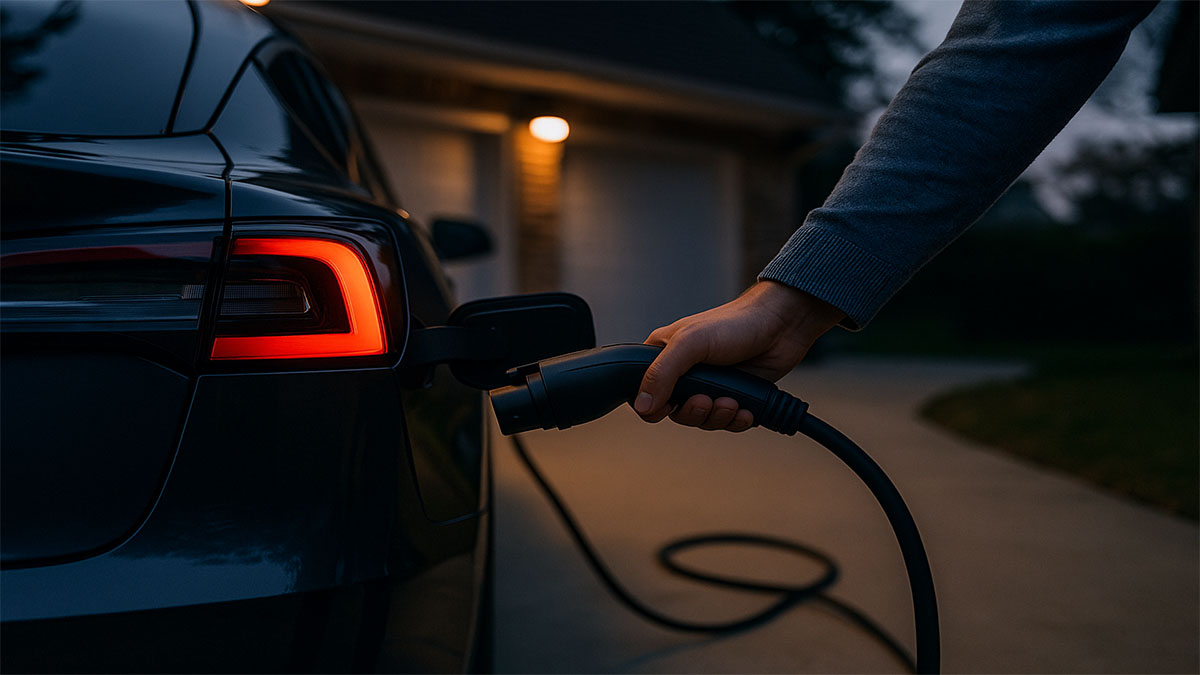 SAE J1772 Typ 1 oder IEC 62196 Typ 2? Wie wählt man aus?
SAE J1772 Typ 1 oder IEC 62196 Typ 2? Wie wählt man aus?
 Was ist der Tesla NACS-Anschluss (SAE J3400)?
Was ist der Tesla NACS-Anschluss (SAE J3400)?
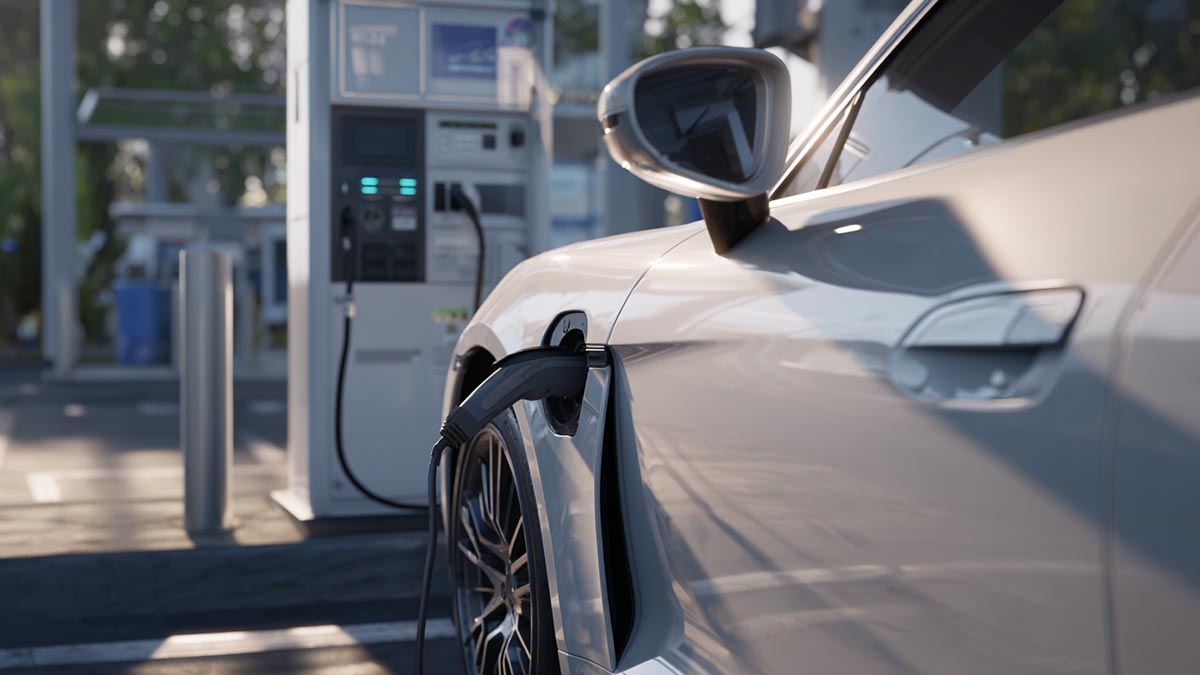 Was ist der J1772-Anschluss und warum ist er im Jahr 2025 wichtig?
Was ist der J1772-Anschluss und warum ist er im Jahr 2025 wichtig?
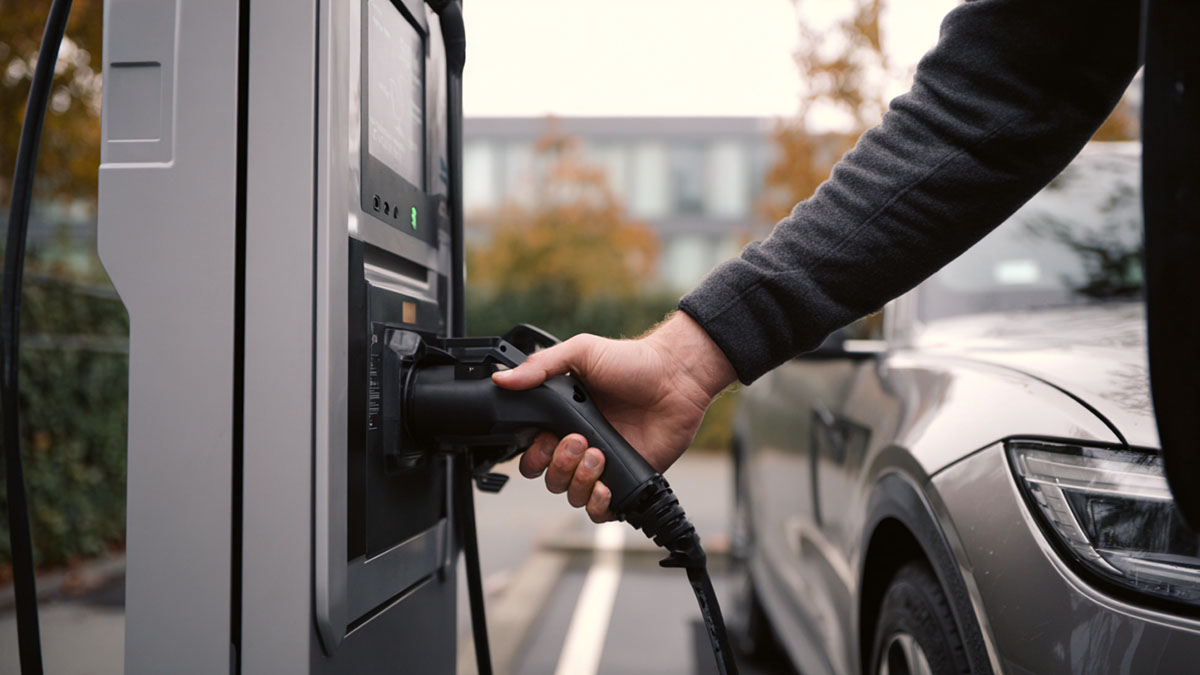 Sicherheitsstandards für EV-Anschlüsse in verschiedenen Regionen
Sicherheitsstandards für EV-Anschlüsse in verschiedenen Regionen
 Von CCS1 bis NACS und darüber hinaus: Welche Spezifikationen für EV-Anschlüsse sollten Betreiber im Jahr 2025 wählen?
Von CCS1 bis NACS und darüber hinaus: Welche Spezifikationen für EV-Anschlüsse sollten Betreiber im Jahr 2025 wählen?
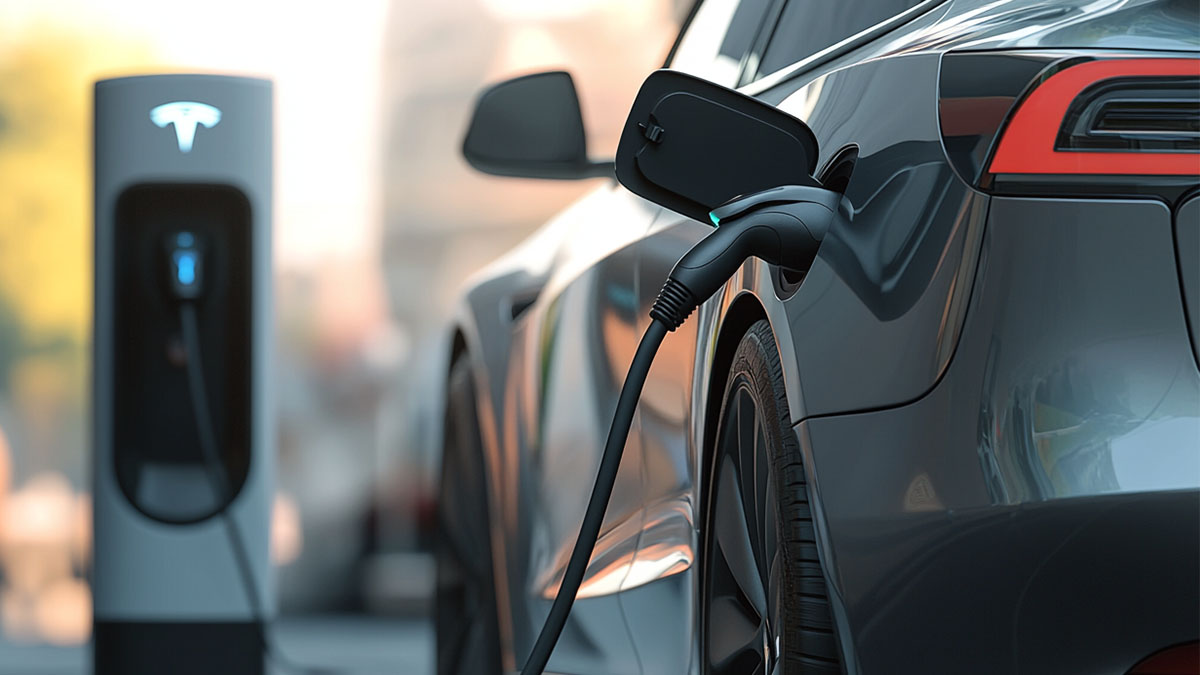 NACS vs. CCS (CCS1 & CCS2) im Jahr 2025: Stromversorgung, Zugriff, Adapter, Zuverlässigkeit
NACS vs. CCS (CCS1 & CCS2) im Jahr 2025: Stromversorgung, Zugriff, Adapter, Zuverlässigkeit